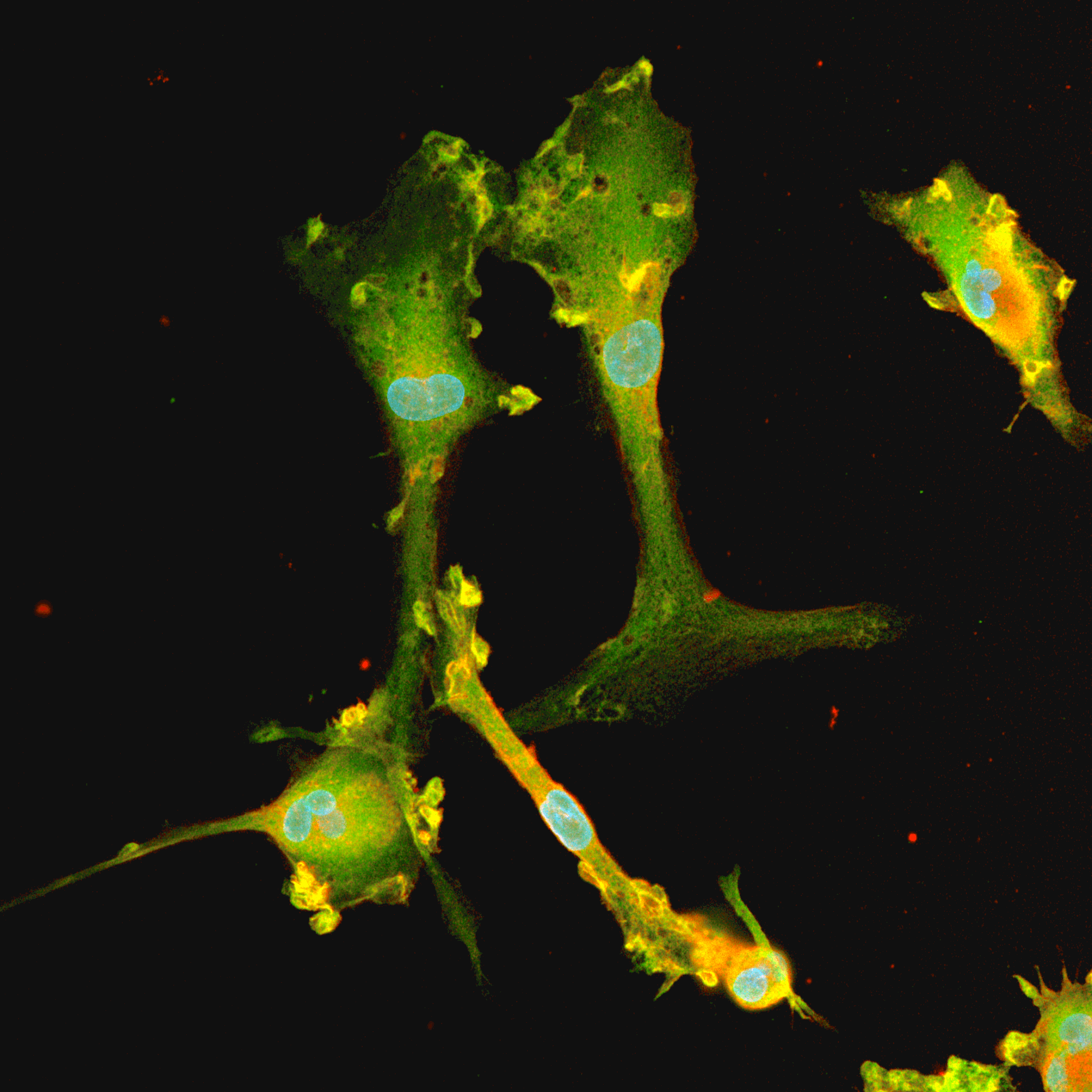Generation and characterisation of a panel of human iPSC-derived neurons and microglia carrying early and late onset relevant mutations for Alzheimer’s disease

Alzheimer’s disease (AD) is the most common type of dementia, contributing 60-70% of cases, and affecting more than 24 million people worldwide. There are no disease-modifying treatments available and existing drugs only treat the symptoms and not the root cause of the disease.
Development of therapies for AD is hampered because less than 10% of findings derived from preclinical animal models can be translated to humans. Patient-derived induced pluripotent stem cells (iPSCs) enable generation of in vitro models that can recapitulate human disease phenotypes.
However, conventional human iPSC differentiation protocols are lengthy, inconsistent, and difficult to scale. The lack of genetically matched controls for patient-derived models further complicates the investigation of disease phenotypes.
We have developed opti-ox, a robust iPSC reprogramming technology that overcomes these limitations and enables generation of mature cell types and disease models, at scale. Our objective was to generate a panel of disease model cells in ioGlutamatergic Neurons, ioGABAergic Neurons and ioMicroglia to enable investigation of the most common AD mutations and accelerate drug discovery.
In addition, we provide multiple clones (up to three) per disease model to allow researchers to investigate phenotypes of interest across multiple clones of a specific disease model, originating from the same parental wild-type iPSC line. Studying multiple clones of a specific disease model can lead to a more comprehensive understanding of the impact of the disease-relevant mutation and cellular heterogeneity on associated disease phenotypes.
Key learnings from the poster:
- ioGlutamatergic Neurons, ioGABAergic Neurons and ioMicroglia have been precision reprogrammed from human iPSCs into consistent, mature, functional neurons or microglia showing a high level of transcriptomic similarity between lots.
- A panel of disease model cells carrying Alzheimer’s disease- relevant mutations within the APP, PSEN1, APOE & TREM2 genes were generated from the wild type iPSC lines using CRISPR/Cas9 gene engineering.
- The disease model cells showed similar protein expression of key neuronal or microglia markers to the genetically matched wild- type control, ensuring biological comparability of the disease models.
- The ioMicroglia APOE 4/4 and TREM2 R47H Het disease models also show reduced phagocytic activity compared to the genetically matched wild-type control.
bit.bio
2024